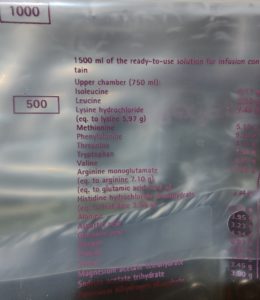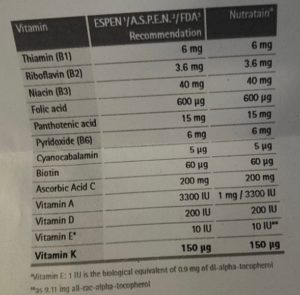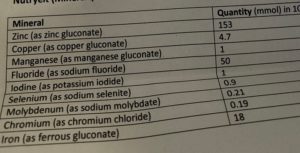Do you suffer from a chronic, treatment-refractory illness that no physician or medical treatment seems to be able to fix? Are you constantly fatigued, have weak or painful muscles, or have coordination difficulties? Do you have brain fog, memory, or language processing issues? How about GI symptoms like IBS, gastroparesis, SIBO, or other dysmotility or dysbiotic syndromes? If any of these things ring true, you might have a problem with thiamine.
Thiamine (vitamin B1) is critical for the metabolism of food into cellular energy or ATP. Without sufficient thiamine, cellular energy wanes, and with it, the capacity to maintain the energy to function declines. Chronic, unrelenting fatigue is a common characteristic of insufficient thiamine. At its root, fatigue is the physical manifestation of poor energy metabolism.
Why is this nutrient such a problem? Two reasons. First, it is the gatekeeper to energy metabolism and so if it is low, everything downstream gums up and does not work well. Second, modern diets, medicines, and other chemical exposures contain numerous anti-thiamine factors that derail thiamine absorption and metabolism. This pushes many people into states of chronic deficiency, one that is simple to correct if identified. Unfortunately, however, patients can go years before the deficiency is recognized.
Last week, I had the great pleasure of speaking with Scott Scott Forsgren, FDN-P, the BetterHealthGuy, about the myriad of ways thiamine deficiency expresses itself in modern illness. If you or someone you know might be deficient in thiamine, have a listen.
Thiamine Deficiency Disease – Video Link
For Audio Only
To find other listening platforms, view show notes, and review the transcript, visit https://betterhealthguy.com/
And if you would like a more in-depth look at this issue: Thiamine Deficiency Disease, Dysautonomia, and High Calorie Malnutrition.
We Need Your Help
More people than ever are reading Hormones Matter, a testament to the need for independent voices in health and medicine. We are not funded and accept limited advertising. Unlike many health sites, we don’t force you to purchase a subscription. We believe health information should be open to all. If you read Hormones Matter, and like it, please help support it. Contribute now.
















































